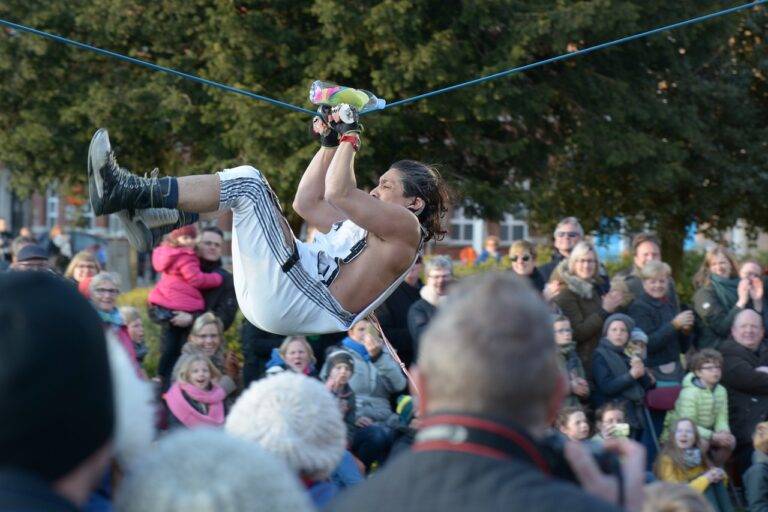The Role of Animation in Documentaries: Visual Storytelling Beyond Fiction
Animation has been a powerful tool in documentaries for decades, adding a unique visual element to storytelling that captivates audiences. The use of animation in documentaries can be traced back to as early as the 1920s, with pioneers like Walt Disney incorporating animated sequences to enhance the narrative.
In the following decades, animators continued to push the boundaries of the medium in documentaries, experimenting with different styles and techniques to bring historical events, scientific concepts, and personal stories to life. As technology advanced, animation in documentaries evolved, allowing filmmakers to create more intricate and realistic animations that blur the line between reality and imagination.
Different Styles of Animation Used in Documentaries
In the realm of documentary filmmaking, animation serves as a powerful tool to enhance storytelling and captivate audiences. Animators have utilized a variety of styles to convey complex narratives and bring to life historical events. One common style is traditional 2D animation, characterized by hand-drawn illustrations that can evoke a sense of nostalgia or whimsy.
Furthermore, stop-motion animation has also been a popular choice in documentaries, creating a tactile and visually engaging experience for viewers. This technique involves manipulating physical objects or puppets frame by frame to simulate movement. Stop-motion animation adds a unique charm to documentaries and can effectively illustrate abstract concepts or create a sense of wonder.
The Impact of Animation on Audience Engagement
Animation serves as a powerful tool in enhancing audience engagement within documentaries. Through the visual appeal and storytelling capability of animation, viewers are drawn into the narrative in a captivating way. The dynamic nature of animation allows for complex information to be presented in a simplified and easily digestible manner, making it more accessible and engaging for audiences of all ages and backgrounds.
Furthermore, animation has the ability to evoke emotions and create a connection with viewers on a deeper level. By visually representing abstract concepts and emotions, animation can resonate with the audience in a way that live-action footage may not achieve. This emotional connection not only keeps viewers invested in the documentary but also allows for a more profound impact and lasting impression long after the documentary has ended.





